


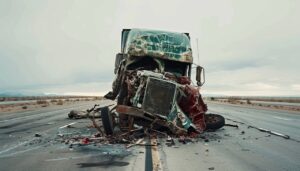


When two cars collide while one or both are backing up, figuring out who’s at fault can be complicated. Unlike other driving situations, backing up requires extra attention and care because it often happens in tight spaces with limited visibility. These accidents can cause significant damage and injuries, so it’s important to understand the legal rules that determine liability. In this blog post, we’ll explain the legalities of backing up car accidents, including how fault is determined and what to do if you find yourself in this unfortunate situation.
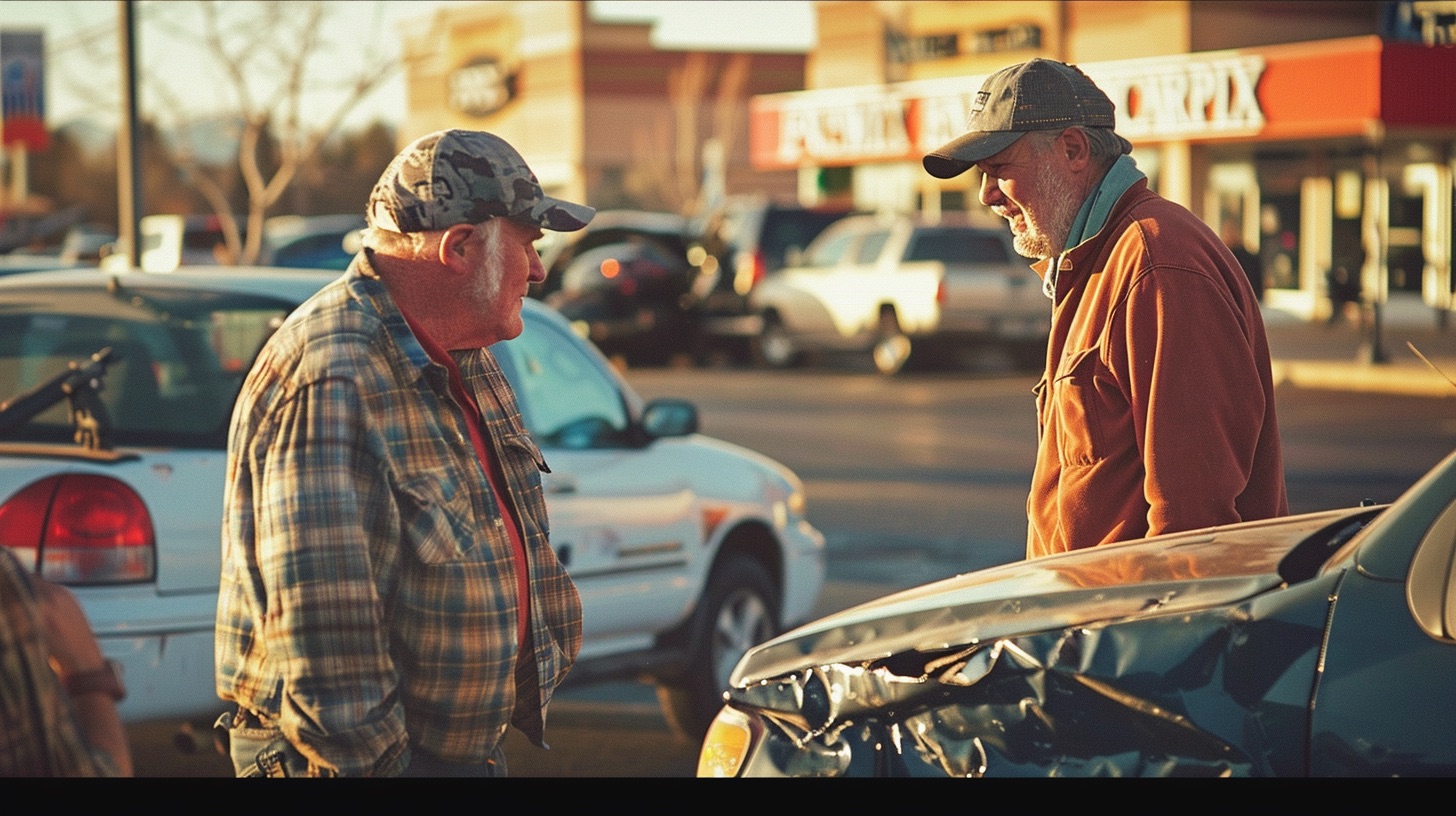
Determing if you or the other driver is at fault after the reversing accident happened involves a few steps. To understand who is at fault in a car accident when backing up, it’s crucial to determine which driver acted negligently or failed to observe reasonable care. Typically, drivers are expected to ensure it’s safe before backing up. However, if another vehicle moves into the driver’s path while backing up, determining fault becomes more complicated.
Backing up car accidents often occur in parking lots, driveways, and residential streets, where visibility may be limited. For instance, a driver reversing out of a parking space might collide with a vehicle driving through the parking lane. In such cases, the fault might be shared if both drivers were not paying adequate attention. These incidents frequently raise questions about right-of-way, visibility, and the actions of each driver before the collision.
A reversing accident can result from a variety of factors. Common causes include driver inattention, inadequate checking of blind spots, or misjudging the distance between vehicles. Environmental factors like poor lighting, crowded parking lots, or obstructions can also contribute to these accidents.
In some backing up accidents, technology plays a role. Modern vehicles often come equipped with rear cameras and sensors that aid in reversing. However, over-reliance on these technologies can lead to accidents, especially if the technology fails or the driver becomes complacent. Understanding these dynamics is essential for identifying the at-fault party in a backing up accident.
The legal perspective on backing up accidents hinges on the concept of negligence. Negligence is defined as failing to take reasonable care to avoid causing injury or loss to another person. In the context of backing up accidents, the backing up driver is negligent if they fail to observe their surroundings adequately before and during the act of reversing. For instance, if a driver backs up without checking their rearview mirror or blind spots and hits another car, they may be considered negligent.
In California, the legal landscape can get more intricate when it comes to traffic regulations, particularly regarding backing up. Specific traffic laws in the state outline driver behavior, including right-of-way protocols. If both drivers in a car accident are found to have breached traffic laws or acted negligently, California’s comparative negligence principle may come into play. This implies that each driver can bear partial responsibility for the accident, with fault distributed based on their individual roles in the incident.
When a backing up car accident occurs, dealing with insurance claims is a critical step. The process typically begins with reporting the accident to the insurance companies of the drivers involved. Each insurer will then conduct its own investigation to determine fault, which will involve reviewing the accident report, speaking to witnesses, and examining any available footage of the incident.
The role of insurance adjusters is pivotal in these situations. They assess the details of the accident to determine which driver is at fault or, in some cases, to what degree each driver is at fault. This assessment is crucial because it affects how claims are settled. For example, if a driver is found to be entirely at fault, their insurance company may be responsible for covering all damages. However, in cases of shared fault, the cost may be split between the two insurance companies. Understanding one’s insurance policy, especially regarding coverage for backing up accidents, is essential for drivers.
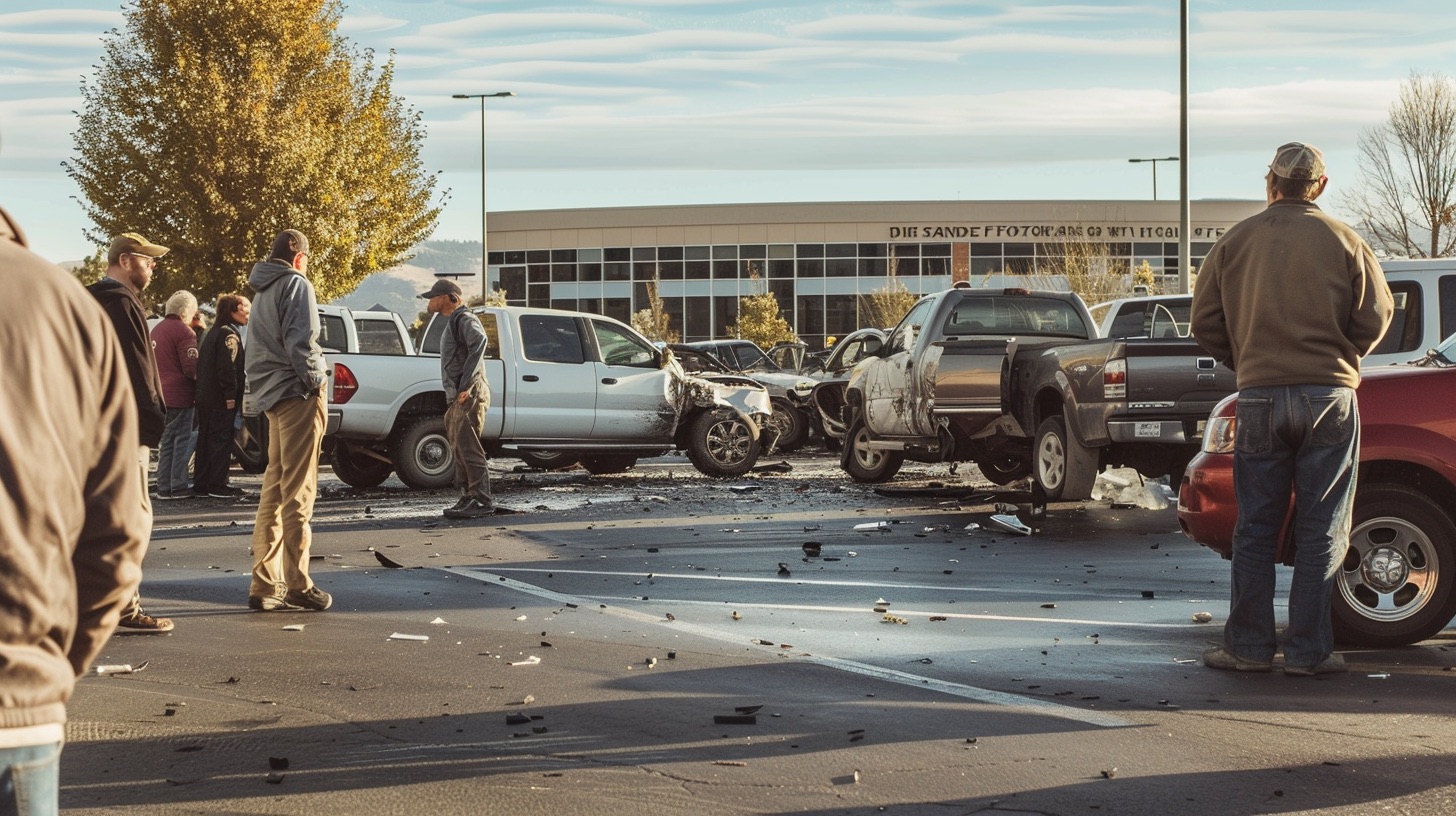
Evidence plays a crucial role in establishing fault in backing up accidents. This often includes gathering physical evidence from the accident scene, such as tire marks and vehicle positioning, and examining any damage to the vehicles involved. Dashcam footage can be particularly valuable, offering a clear view of the events leading up to the accident. Additionally, surveillance videos from nearby buildings or traffic cameras can provide unbiased, third-party perspectives on the incident.
Witness testimonies are also important. Eyewitnesses can offer accounts that clarify the sequence of events, contributing to a more accurate understanding of how the accident occurred. In many cases, these testimonies can corroborate or refute the claims made by the drivers involved. Drivers should aim to gather contact information from witnesses at the scene, as their statements can be pivotal in insurance claims and legal proceedings.

Preventing back up accidents is a critical aspect of driving safety. One of the most effective measures is heightened awareness and caution while reversing. Drivers should consistently check their rearview and side mirrors, and use a backup camera if available. It’s also important to reverse slowly and pause if there’s any uncertainty about the surroundings.
Technological advancements have greatly aided in preventing these accidents. Features like rear-view cameras, parking sensors, and cross-traffic alerts help drivers navigate tight spaces safely. However, technology should not replace driver vigilance. Regular practice and adherence to safe driving habits remain key to minimizing the risk of backing up accidents.
Backing up accidents can have significant long-term impacts on drivers. From a legal standpoint, being at fault in such an accident can lead to points on one’s driving record, potentially affecting future insurance premiums. In some cases, repeated offenses might even lead to license suspension.
There’s also a psychological aspect to consider. Being involved in a backing up accident, especially one that results in injury or significant property damage, can cause stress and anxiety for drivers. This can affect their confidence and comfort in driving, potentially leading to hesitancy or overcaution, especially in similar driving scenarios in the future.
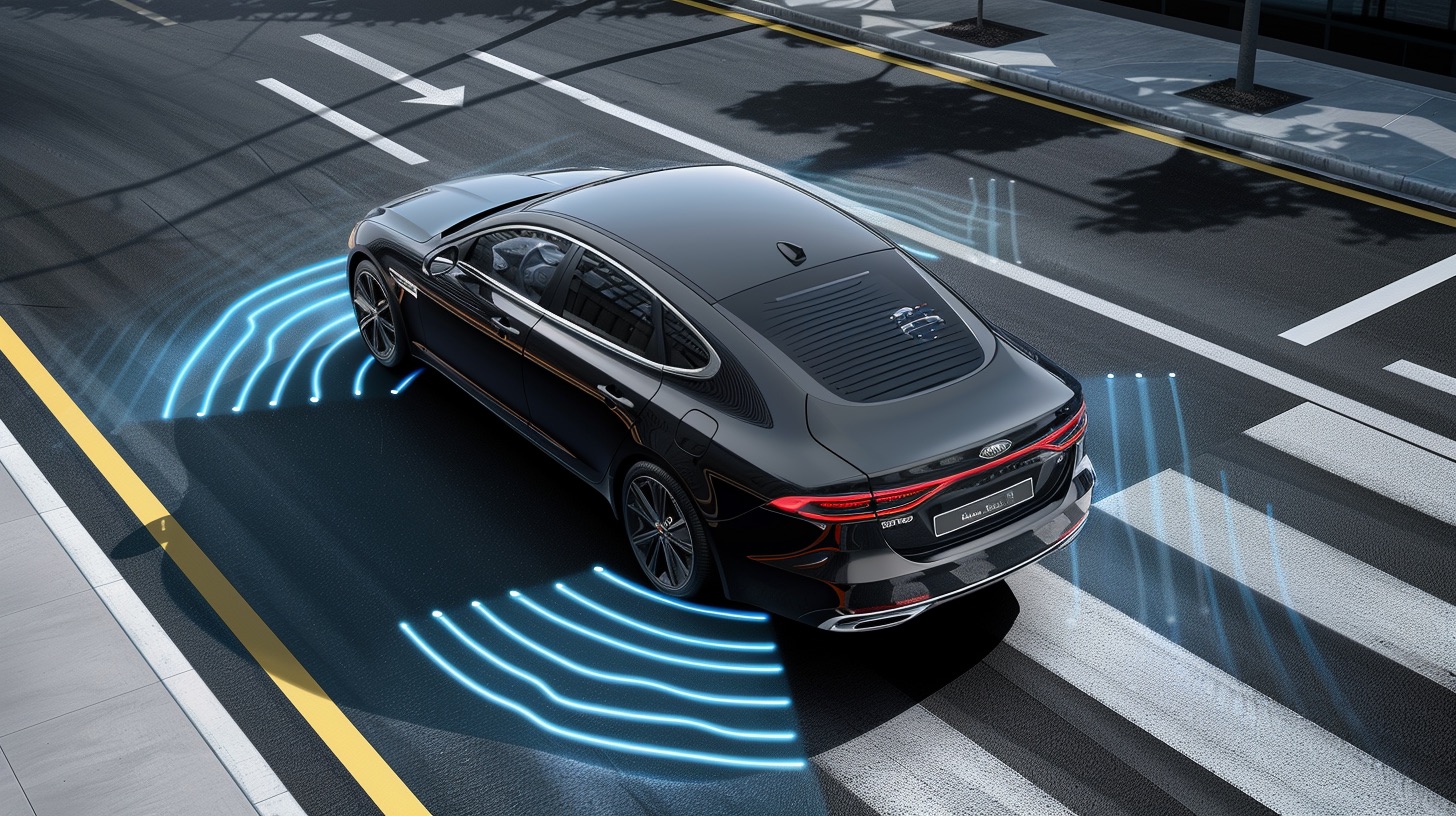
The automotive industry is continuously evolving, with significant strides being made in vehicle safety. Advanced Driver-Assistance Systems (ADAS), like automatic emergency braking and pedestrian detection, are becoming more common. These technologies aim to reduce the likelihood of accidents, including reversing accidents. Additionally, the gradual introduction of autonomous vehicles promises a future where the risk of such accidents could be significantly lowered.
On the legal front, there’s a growing emphasis on stricter regulations for driver safety and vehicle standards. This may include more rigorous requirements for incorporating safety technologies in vehicles and updated traffic laws that address the challenges of modern driving. Such changes could lead to clearer guidelines for fault determination in backing up accidents, thereby simplifying legal and insurance processes.
In the context of a car accident when backing up, the role of the reversing driver is critically examined. It is the reversing driver’s responsibility to ensure that the path is clear before moving. This involves checking all blind spots, using a rearview mirror and backup cameras effectively, and being aware of the surroundings in parking lots or driveways. If an accident happens and the reversing driver hasn’t taken these precautions, they could be held liable for negligence.
However, the situation isn’t always straightforward. If the other driver was operating their vehicle recklessly, speeding through a parking lot, or not paying attention, they too could share the fault. This shared responsibility, or partial fault, is a key aspect of determining liability in these accidents.
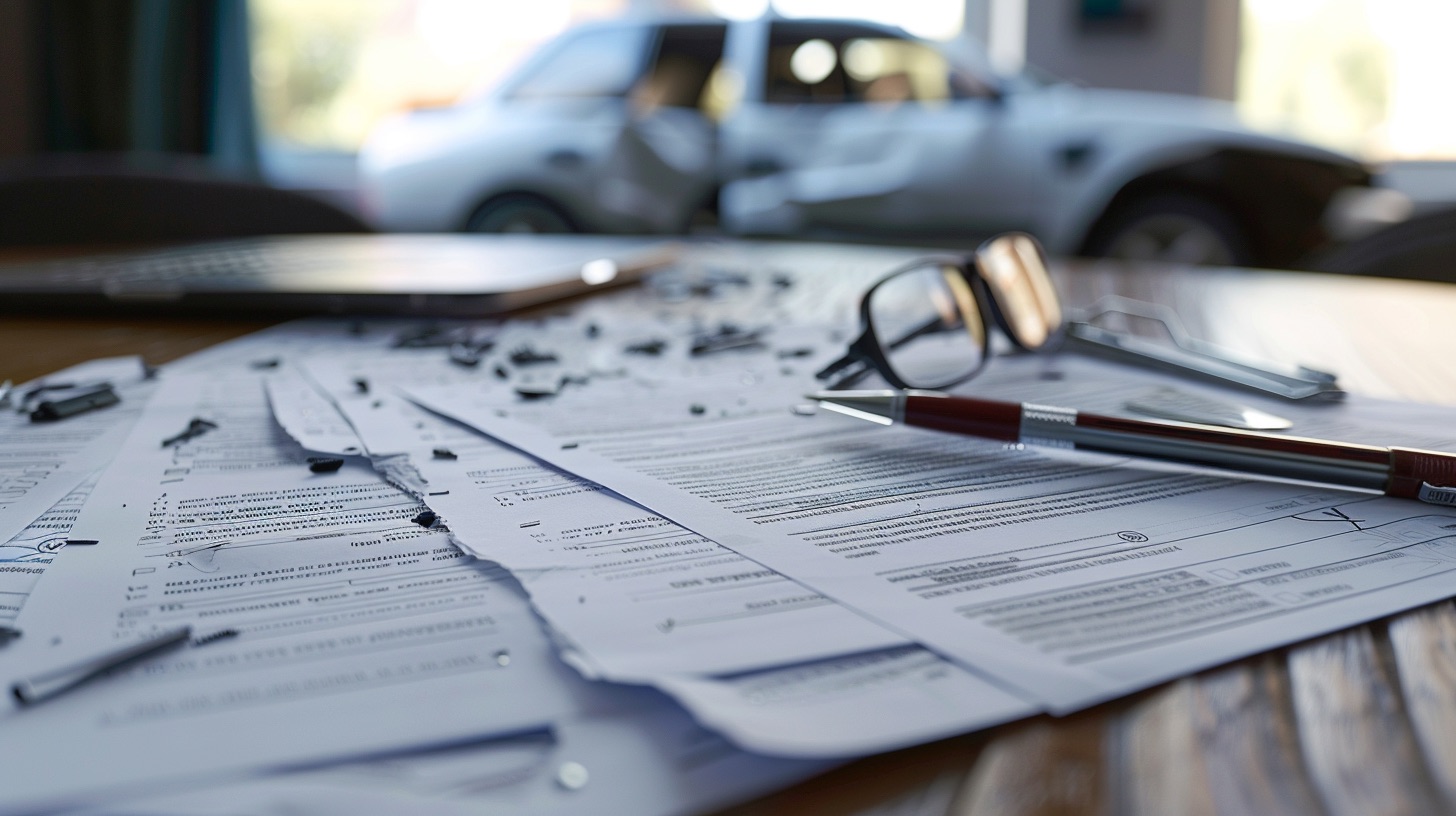
When an accident involving a reversing vehicle occurs, the role of the other driver is also scrutinized by insurance companies. Was the other car driving safely? Were they following traffic laws or parked illegally, contributing to the accident? These factors are crucial in insurance investigations.
Experienced attorneys can help navigate through the intricacies of insurance claims, especially when there’s a dispute about who the negligent driver was. The Law Offices of Edgar Lombera are adept at handling such cases, ensuring that your perspective and evidence are effectively represented.
Avoiding reversing accidents is not just the responsibility of the person backing up; it also depends on the vigilance of other drivers and pedestrians in the vicinity. Drivers should always remain calm, move at a safe speed, and be mindful of vehicles that might be reversing. Using turn signals and avoiding distracted driving are simple yet effective ways to prevent accidents.
Parking lots are common sites for these incidents. A parking lot accident can be avoided by following designated lanes, using crosswalks, and respecting speed limits. Pedestrians should also be cautious when crossing parking lots and look out for vehicles that might be backing up. Drivers must pay attention to any cars pulling out of a parking spot and ensure they are not speeding or reckless driving in these areas. Similarly, those in the parking space should take the time to observe their environment, checking for any oncoming traffic or pedestrians.
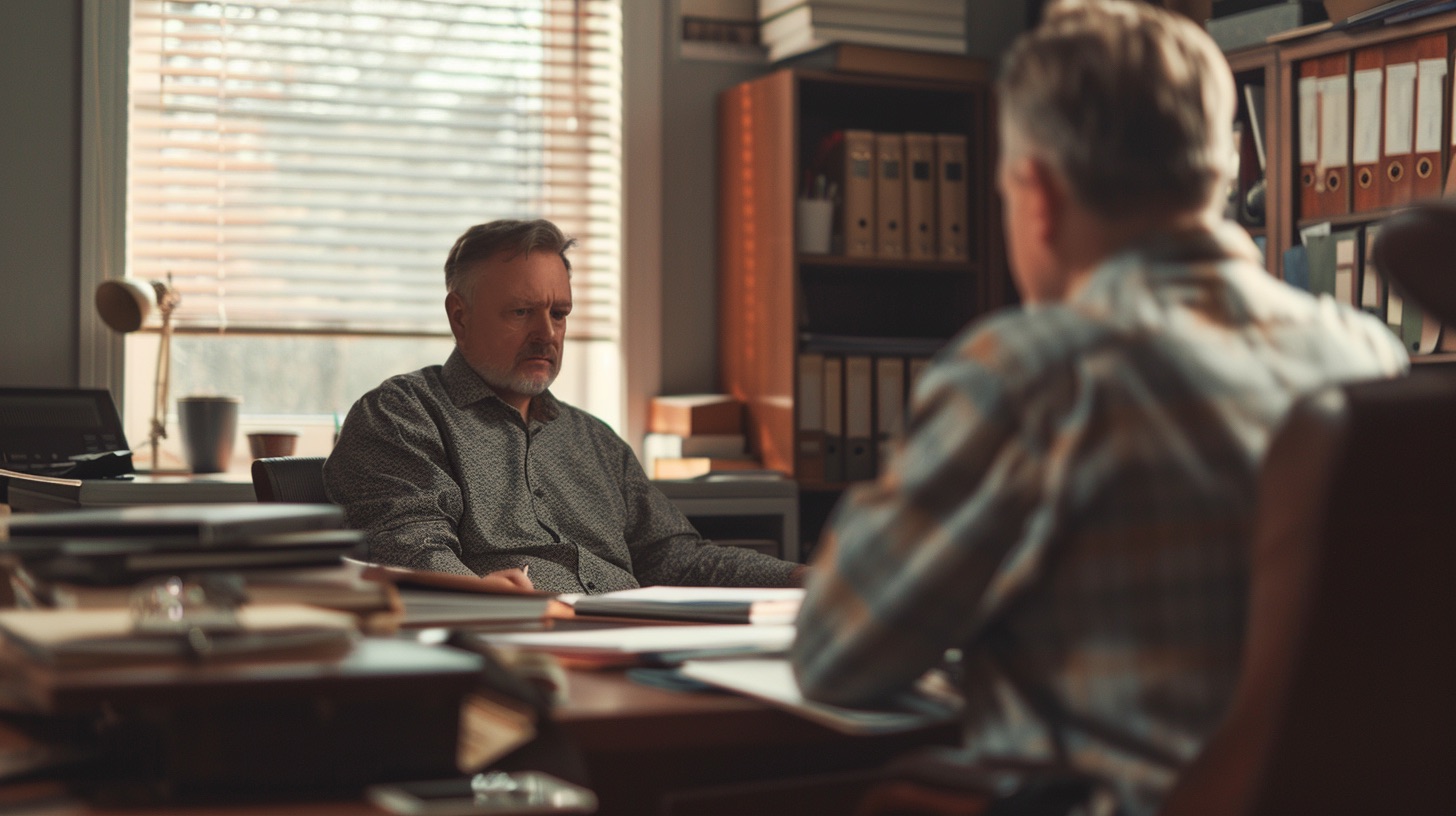
If you’re involved in a back up car accident, understanding your legal options is crucial. Whether you’re the driver reversing out of the parking space, the other vehicle involved, or even a witness, knowing your rights and responsibilities under personal injury law is important. Seeking advice from an experienced attorney, like at The Law Offices of Edgar Lombera, can provide clarity and help in recovering maximum compensation if you’re entitled to it.
Contact our offices in Redlands and Palm Springs, for a free consultation and to discuss your case. Our experienced attorney is here to guide you through the legal process and ensure your case is handled with the utmost care and professionalism.
If you’ve been involved in a back up accident and need legal advice or representation, don’t hesitate to reach out to The Law Offices of Edgar Lombera. Our team is experienced in handling cases involving car accidents and we can help you recover compensation you deserve. Call our Redlands office at 909-915-0181 or our Palm Springs office at 760-835-9353 for a free consultation and professional legal assistance.
If someone hit your parked car, you should document the damage, exchange information with the other driver, and report the incident to your insurance company. If there are any witnesses, try to obtain their contact information as well. If the other car left the accident without leaving a note or information, contact the police and file a report.
Being found at fault in a back up car accident usually leads to an increase in your insurance premiums. The amount depends on your insurance company, your driving record, and the accident’s severity. California’s comparative fault laws mean you may still be entitled to compensation even if partially at fault in a car accident, but your payout and the impact on insurance will be reduced accordingly.
If you’ve been in a backing-up accident, here’s what to do:
Need help disputing fault or understanding your options? Call our office for a consultation.
Yes, you can generally still file a claim if your car was hit while parked illegally. While drivers have a responsibility to operate their vehicles cautiously, your illegal parking may contribute to the determination of fault. Depending on the circumstances, you might share some responsibility for the accident.
Important Considerations:
For tailored advice on your illegally parked car accident, call our office.
If the car backing up is hit when backing out of parking spot, the other driver may be at fault for not paying attention or driving recklessly. Their insurance may cover the damages, but you should still report the accident to your own insurance company and seek legal advice. You can also be found at fault so its important to seek legal representation right away to know your options and recover compensation.
HIT AND RUN
WRONGFUL DEATH
JOIN OUR NEWSLETTER TODAY!
Stay in touch to get the unique insights, advice, and updates from our legal team.